So, the parts came in, and I've replaced the battery in my solo. I noticed the improvement the very next day, usually I turn on my solo at my desk and go downstairs to go outside for a 'smoke'. Usually my solo would just be getting to temp 2 by the time I was outside. I was at level 4 before I even got out of the elevator. I get about two extra cycles with the new battery as well.
Now for the con, the battery pack I received was about 5mm larger than the one that was in the solo originally. I didn't even notice the change in size when I tested the batteries to make sure they would fit before I started the swap. While this may not seem like a huge issue, it is, because the extra 5mm pushes the housing upwards ever so slightly which causes the heating element to not properly align with the hole on the cap. I've used a dremel to widen my cap's opening but it is still pretty tight up there. I would run it without the cap but the stems are just so loose that walking or moving around with a stem isn't much of an option and you need two hands to ensure the stem dosen't stick to my lips and pull the stem out.
If you are interested in making this swap yourself, please, please, PLEASE put alot of careful thought and consideration in doing this. If you don't know how to solder or are unfamiliar with batteries in general there are alot of things that you can do wrong which will render your solo unusable. As with any online tutorial I am not responsible for the condition your solo comes out of this transfer in.
Now to brass tacks;
This is what you are going to need if your doing things my way. Left to right we have a Sautering Iron, Rosin Core Sauter, Wire Crimpers, the Arizer solo, heat shrink tubing (hard to see), the replacement pack and a fine tipped phillips screwdriver. The Solder Caddy in the middle is optional, but makes the rather difficult task of soldering two wires togther possible. Your not going to need MFLB batteries or a CVault label. I don't know why those were there.
The first thing to do is to remove the four screws from the bottom of the solo. These screws have a very fine receptacle, so you need a really tiny one, or an eyeglass screwdriver. Afterwards, the sheath slides right off:
There's a plastic cover held in place by four tabs. I used to have a really hard time getting this off untill I realized that you can slide a credit card or razorblade in to the tab like a shim and twisting lightly. Taking it off reveals the battery:
The battery is held in place by a JST brand RCY connector. These are standard to the electronics industry and if you have access to a really good hobby store they are almost certain to have them. Unfortunately, I could not for the life of me get these ordered in an amount less than 100 dollars so I went with direct soldering. If you can get these, USE THEM, they will make things so much easier. But they pull right apart easy and revealing the circuit board:
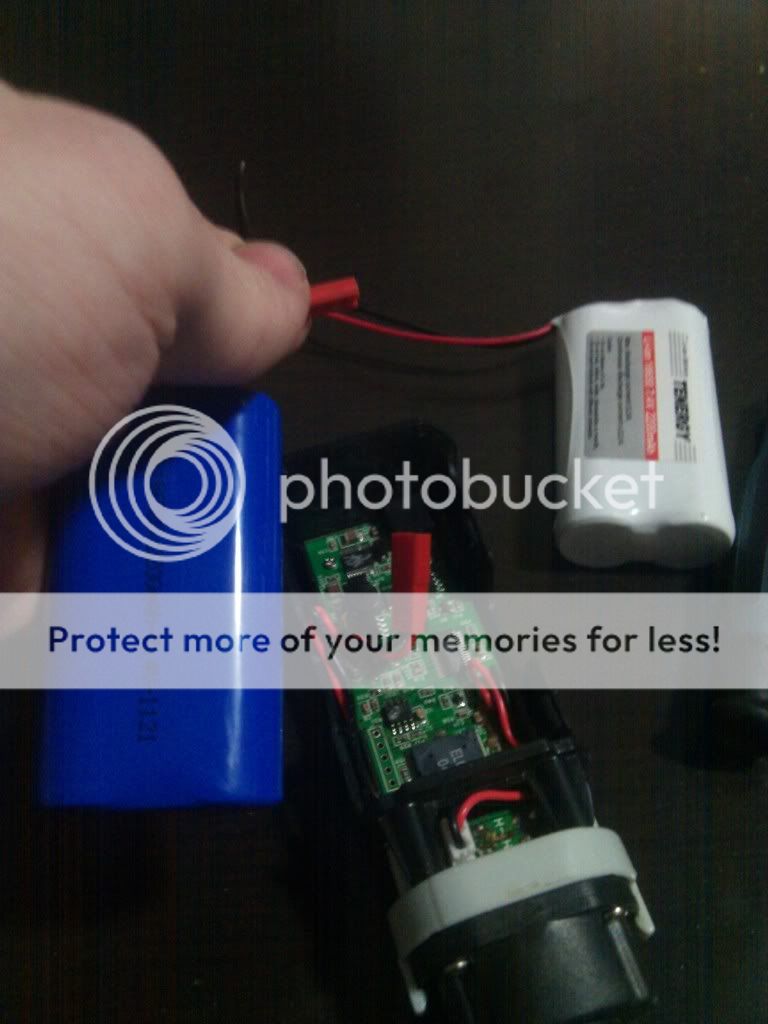
The battery that you are getting to replace the solo's stock battery needs to be a lithium polymer pack. This pack is consists of two 18650 cells at 3.2 volts double teamed to output 7.4 volts at once. The stock battery in your solo is 2200mah. I know alot about batteries, and I have chosen a 2200mah pack to replace it with as well. There are many, many pack suppliers who will claim things like 2800 or 3000 or even 3500 mah on their batteries, and I will tell you straight up they are either bold face lying and selling a 2200 as a higher capacity cell, or are running the batteries so far outside of their safety threshold its like trying to nascar in a nissan.
Comparison shot:
It is important to make the cut giving as much free wire as you can towards the JST connector, this gives us the change to cut off a little bit to try again if we make a mistake sautering. But don't cut it all the way down or we will have to much wiring to put back into the solo. This is where I cut it. Also be warned unless you do them 1 by 1 there is going to be a huge flash of sparks when you cut the wires.
Cut the wires on the battery down to about an inch, and turn on your sauter gun. It works best to interleave the wires before you solder to make a good connection. As well, I added a small bit of heat shrink tubing to the battery wire, this will protect the soldered wires from coming in contact with each other or the metal wall of the unit which would have a disastrous effect on your solo. Ready the wires for soldering and lets go! If you don't have a solder caddy, then crimp the leads a little longer and try wrapping them around each other to keep them in place.
I have no pictures of the soldering process because, obviously, I needed my hands for that. But if you need tips on how to solder, you should NOT be doing this. After soldering and shrink wrap:
And there you have it! A solo that is going to perform just like it did when it came out of the box. Again, please don't do this unless you know what your doing. If you have any questions ask away and I'll answer as I can.
Have fun and happy vaping!


 )
)
 I'll call ALT to see if they have any adapters in stock.
I'll call ALT to see if they have any adapters in stock.

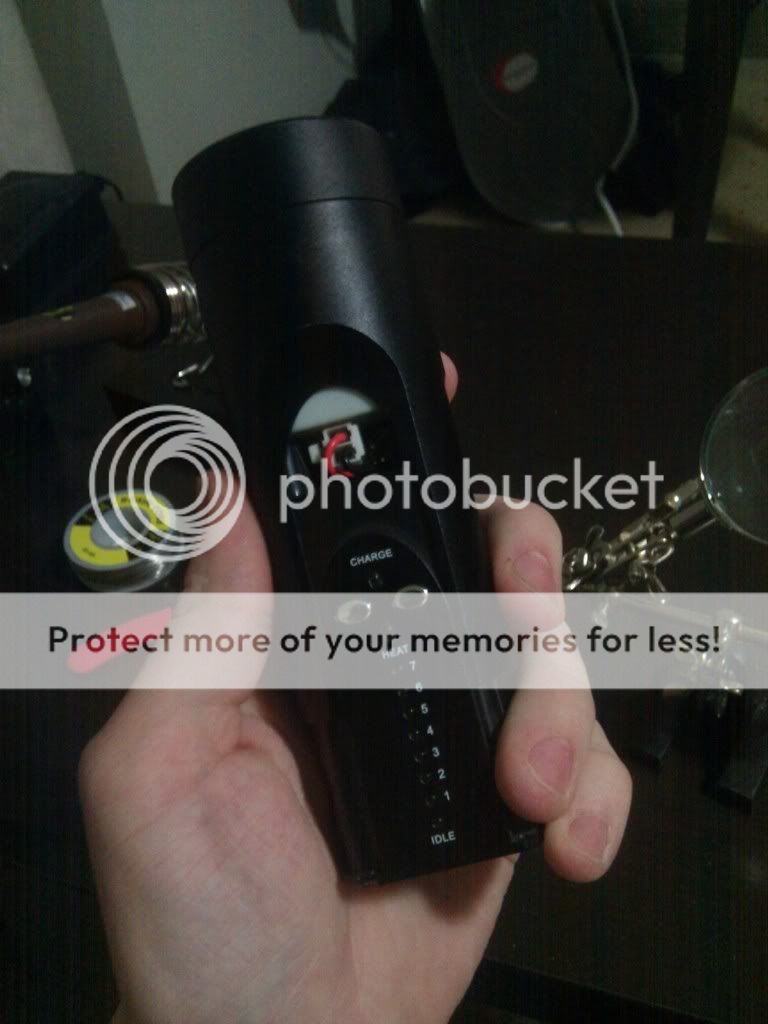
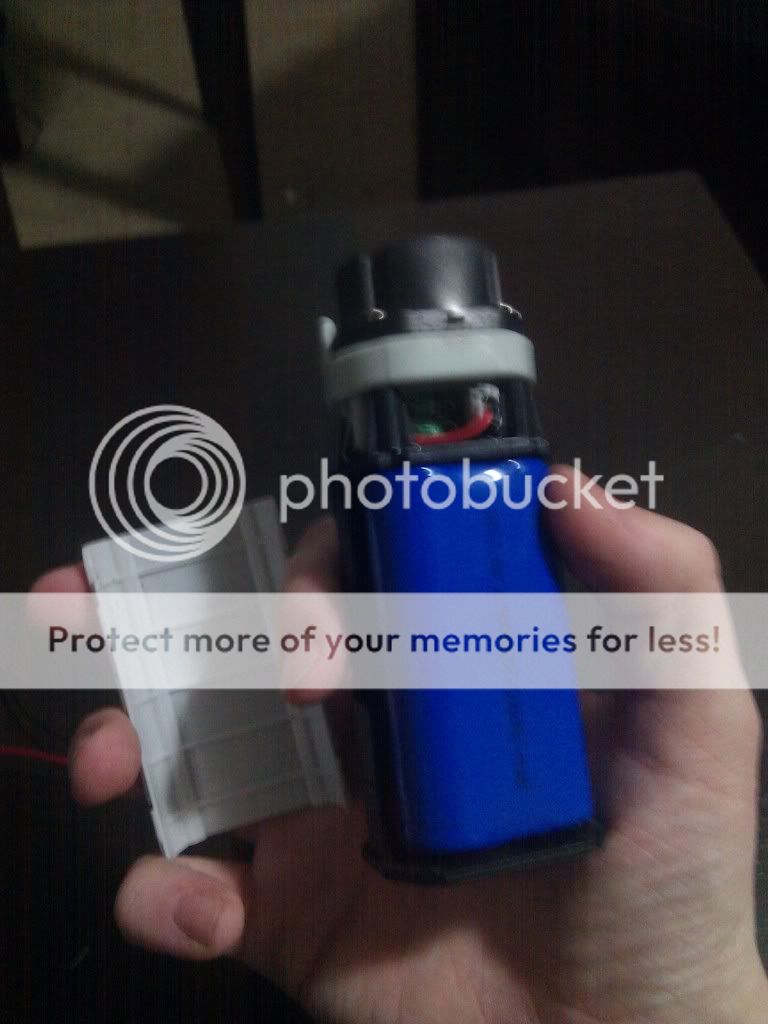

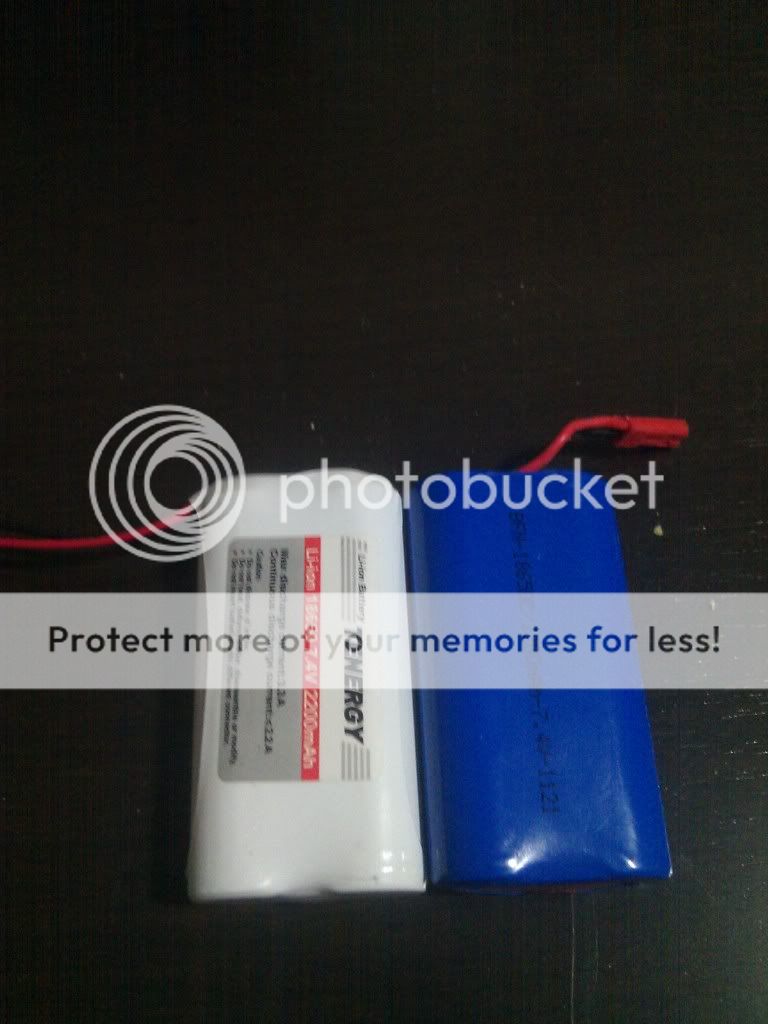
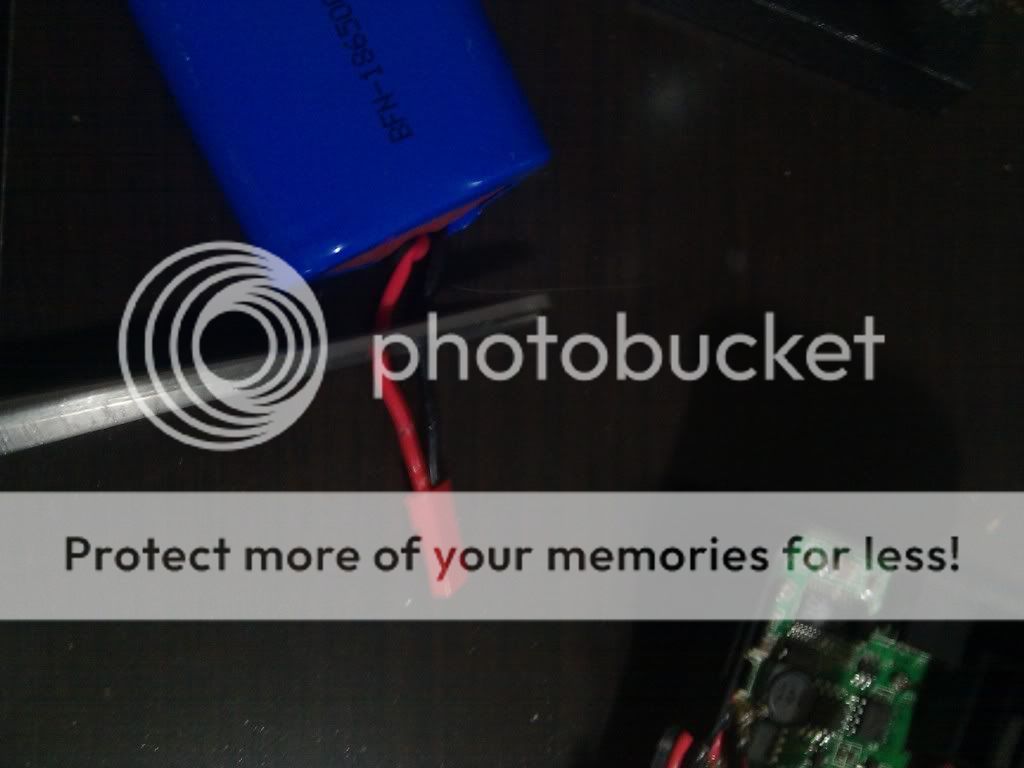

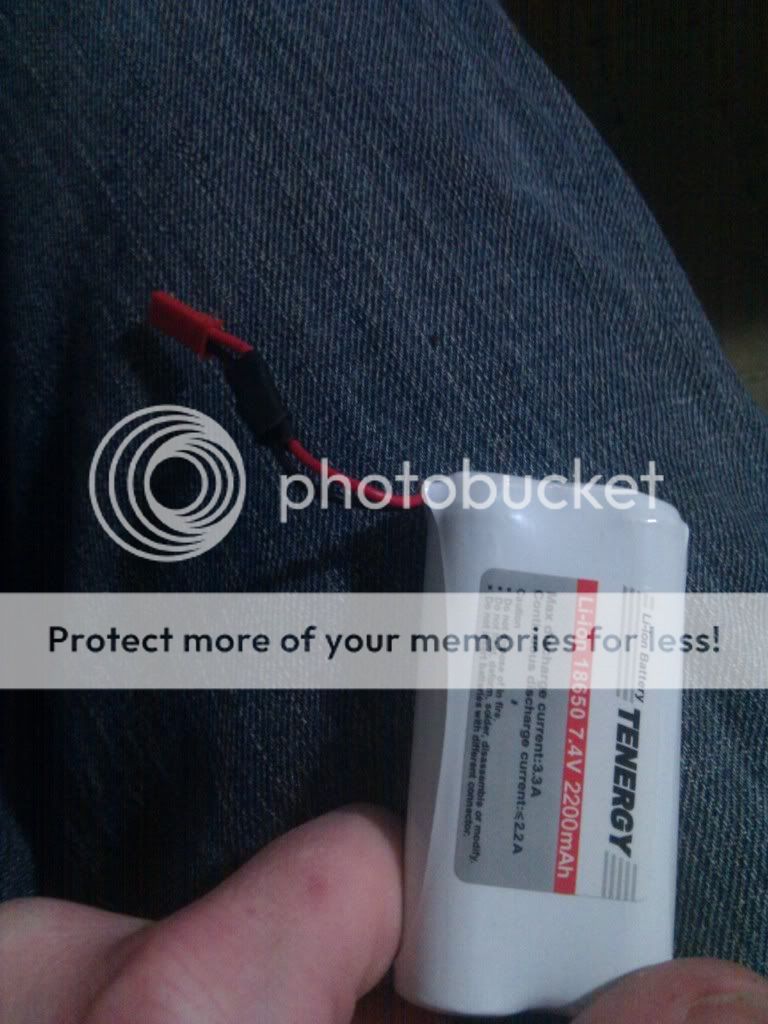
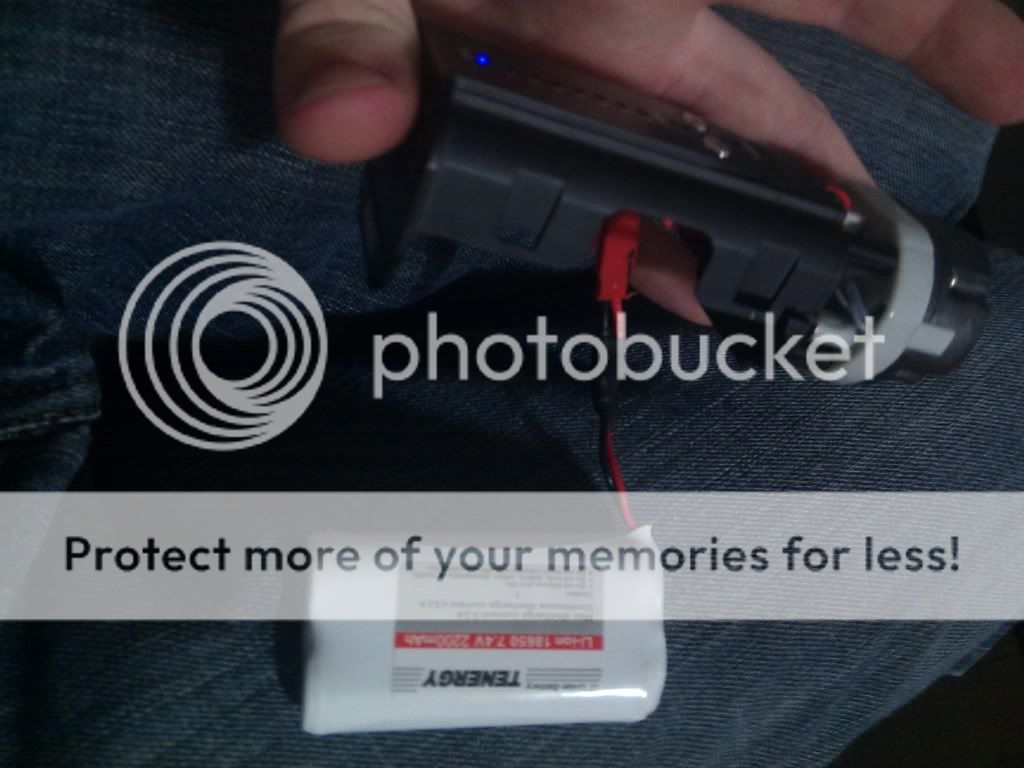
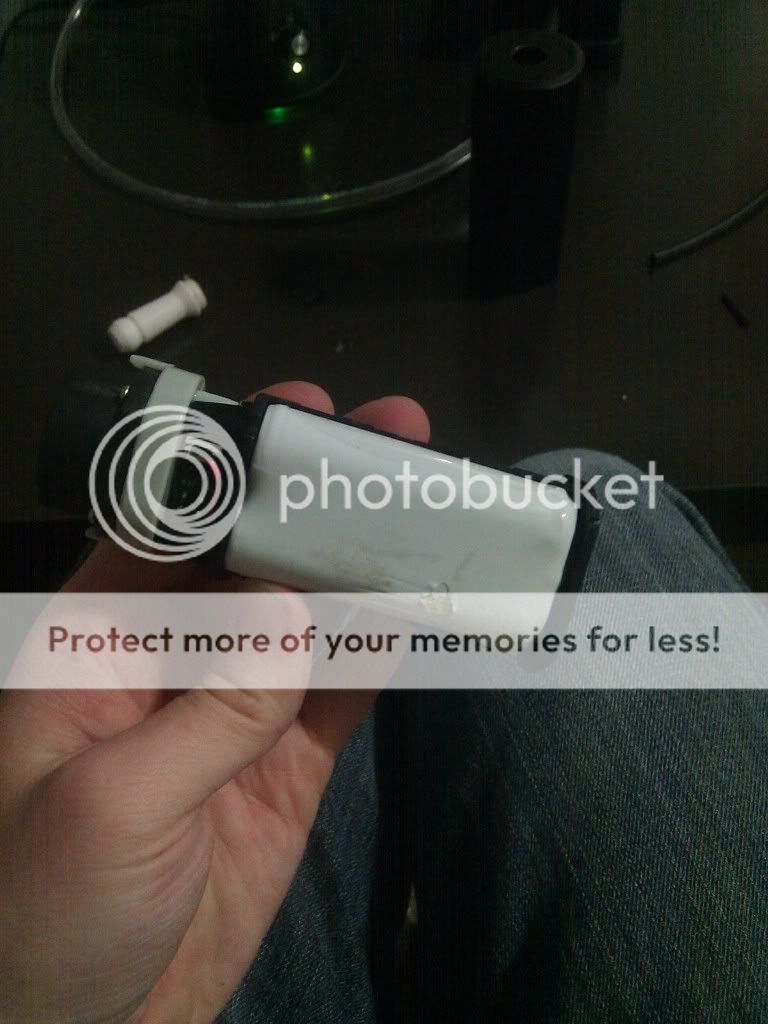
 I have used an old jar, I made two holes on the plastic cap, one for the straight Solo stem with a LB battery ring attached for sealing and another for a small silicon whip. Tightened the cap a lot and the airflow is very restricted like the native Solo but it hits great especially if you move the stem around a little!
I have used an old jar, I made two holes on the plastic cap, one for the straight Solo stem with a LB battery ring attached for sealing and another for a small silicon whip. Tightened the cap a lot and the airflow is very restricted like the native Solo but it hits great especially if you move the stem around a little!